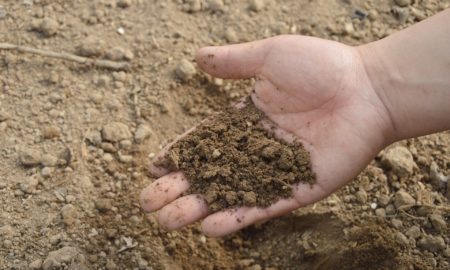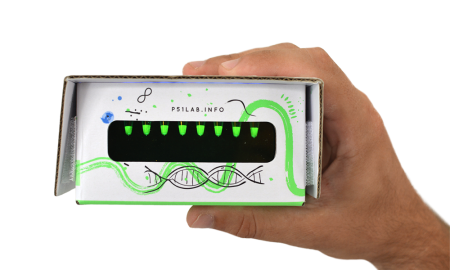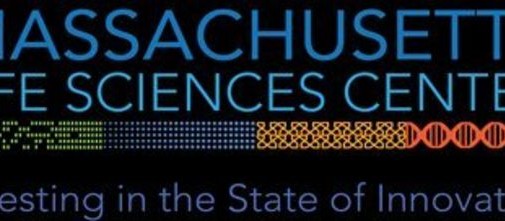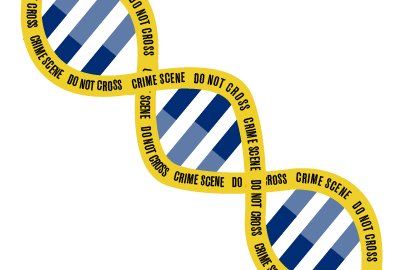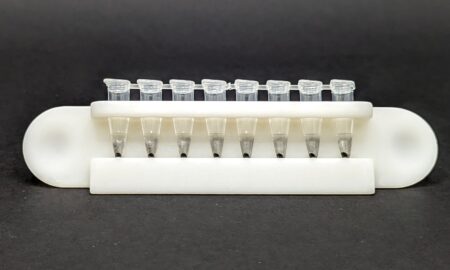Teach genetics and more with DNA gel electrophoresis in your classroom
Looking for an authentic lab activity to teach your students about genetics or human health? Gel electrophoresis is a basic but important biotech skill that can demonstrate a variety of biology concepts. This guide will show you how to bring DNA gel electrophoresis to your classroom!
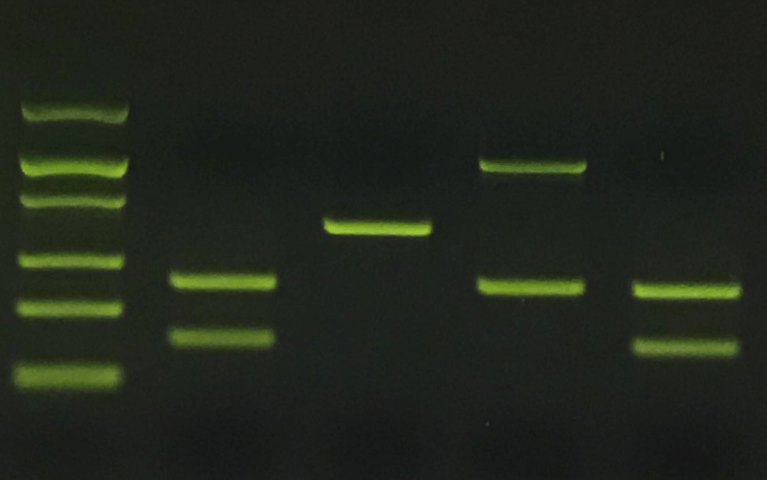
What is gel electrophoresis?
One of the most common methods for separating and visualizing biological molecules in the lab is called gel electrophoresis. The word “electrophoresis” means “carried by electricity”, and during gel electrophoresis, an electric field propels molecules through a gel. This guide will focus on running DNA molecules on a gel. Teaching concepts like genetics through DNA gel electrophoresis in the classroom is a perfect gateway to the broad fields of biotechnology and biomedical science.
For more information on gel electrophoresis, check out our What is Gel Electrophoresis? video.
Which gel electrophoresis system is for me?
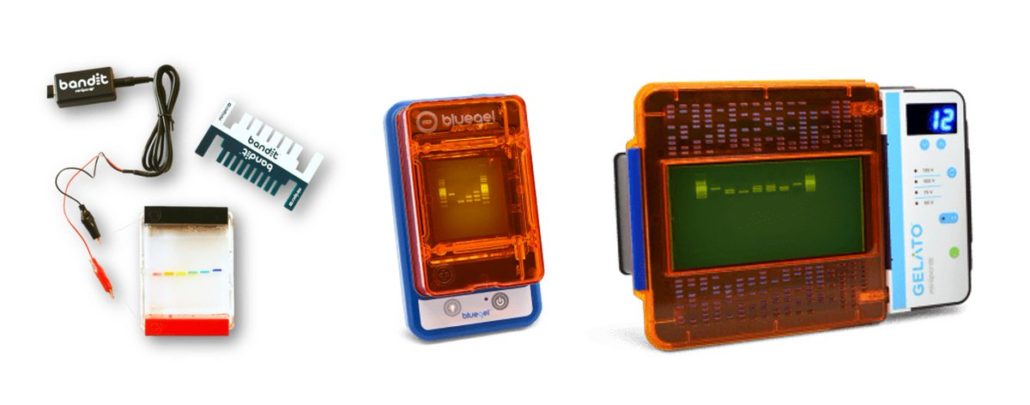
Traditional gel electrophoresis rigs can be costly and bulky, but miniPCR bio offers three types of affordable and easy-to-use gel electrophoresis systems. We break down each of these systems in-depth in this guide, but to sum it up briefly:
- Bandit™ STEM Electrophoresis Kit: our most affordable option; best for dye electrophoresis labs and introducing the basics of biotechnology and introductory genetics
- blueGel™ electrophoresis system: affordable all-in-one system for DNA technology; best for DNA electrophoresis labs and introducing biotechnology and genetics concepts ranging from introductory to advanced
- GELATO™ electrophoresis system: professional-grade gel electrophoresis for labs looking for publication quality gel runs, larger capacity gels, and the ability to cut out bands
What else do we need to start running DNA gel electrophoresis?
- One gel electrophoresis system per lab group
- Reagents needed for DNA gel electrophoresis: a gel is made up of agarose, TBE buffer, and a safe nucleic acid stain, and runs in TBE buffer. We offer these reagents in a variety of formats, including bulk reagents to save money and all-in-one gel tabs to save time.
- No time to calculate what you need? Our Learning Lab Companion Kit is a handy bundle of all the consumables you need to complete one miniPCR bio Learning Lab
- One 2-20 µl micropipette OR 10 µl fixed volume micropipette per lab group, plus micropipette tips
- Microtubes: we recommend these small tubes to dispense and distribute samples to students
- Silicone Practice Gels: have your students practice loading samples with silicone gels as a way to avoid the frustration of puncturing agarose gels or losing samples
How do I pour and run a gel?
Our “How to Pour a Gel” video will walk you and your students through three different methods of pouring a gel. All of our Learning Lab guides include detailed instructions on how to pour and run the gel.
This introduction to gel electrophoresis and accompanying worksheet will help your students understand how to interpret their gel results.
What can I teach with DNA gel electrophoresis?
Gel electrophoresis can be used to explore ideas within genetics, human health, and forensics, with the suggested labs in each category below.
| Topic | Learning Labs™ |
|---|---|
| Basic genetics |
|
| Forensics |
|
| Human health and medicine |
|
| CRISPR |
|
Reminder: you may run any of our miniPCR bio Learning Labs in non-miniPCR bio equipment. You can also run non-miniPCR bio labs in miniPCR bio equipment.
What about PCR?
The gel electrophoresis labs above introduce students to the types of questions that can be answered with biotechnology, as well as the science underlying the techniques. However, gel electrophoresis typically only represents the end of a DNA analysis workflow. PCR (polymerase chain reaction) is a technique that is often used to generate the DNA samples to be analyzed by gel electrophoresis. To learn more, check out this blog post on PCR or our Learning Labs that incorporate PCR alongside gel electrophoresis.


